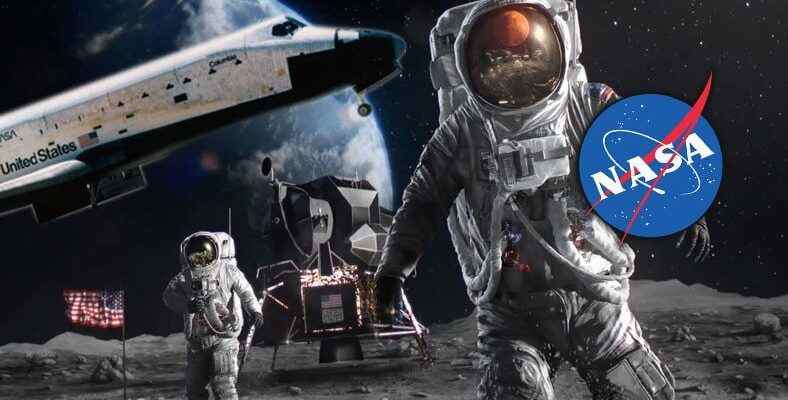The US National Aeronautics and Space Administration (NASA) has not only flown into space so far. The space agency has also undertaken important and expensive space missions for exploration and science purposes. So which of NASA’s projects have cost the most to date?
The cold war period between the USA and Russia, which lasted for many years, was felt with all its pressure in the space race. While Russia was the first country to send a human into space, the winner of the race to go to the Moon was the USA. The three-man crew, Neil Armstrong, Michael Collins, and Buzz Aldrin, landed on the Moon’s surface on July 20, 1969 at 20:18 on the Apollo 11 mission.
After this successful mission, NASA revisited the Moon with Apollo 12 in December 1969, Apollo 14 in January 1971, Apollo 15 in July 1971, Apollo 16 in April 1972 and Apollo 17 in December 1972 as part of the Apollo project. . Of course, all these trips were costly. But NASA’s only projects are only It wasn’t just a flight into space.. So, what were the most expensive projects NASA has ever undertaken? Let’s take a look at this shocking list:
The most expensive NASA space missions:
10. Galileo spacecraft:
- Estimated cost: 1.6 billion dollars (21 billion 533 million 760 thousand TL)
Named after the Italian scientist Galileo by NASA, this spacecraft was discovered in 1989 when the largest planet in the Solar System was discovered. towards Jupiter went on a journey. The spacecraft became the first spacecraft to orbit Jupiter in 1995 after a long journey. Thanks to Galileo, countless important information was learned about Jupiter itself and its moons. Galileo was destroyed in his 8th year in orbit to avoid infecting the planets with any microbes that might have gotten to the spacecraft from Earth.
9. Alpha Magnetic Spectrometer experiment module:
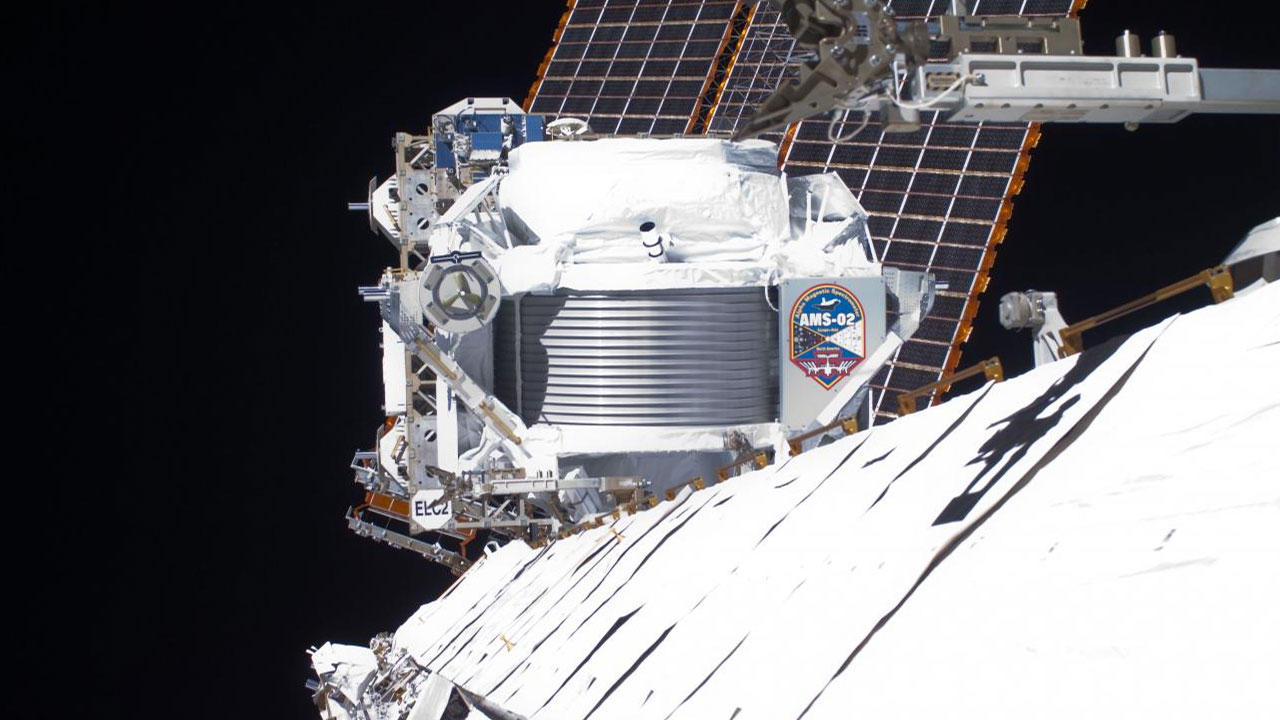
- Estimated cost: 2 billion dollars (26 billion 917 million TL)
Alpha Magnetic Spectrometer, or AMS-02 for short, is a space station docked with the International Space Station. particle physics experiment module. The module, which was placed on the Station in 2011, serves as a detector that measures antimatter in cosmic rays. The purpose of the module is to understand the formation of the universe and to look for evidence of dark matter.
8. Hubble Space Telescope:
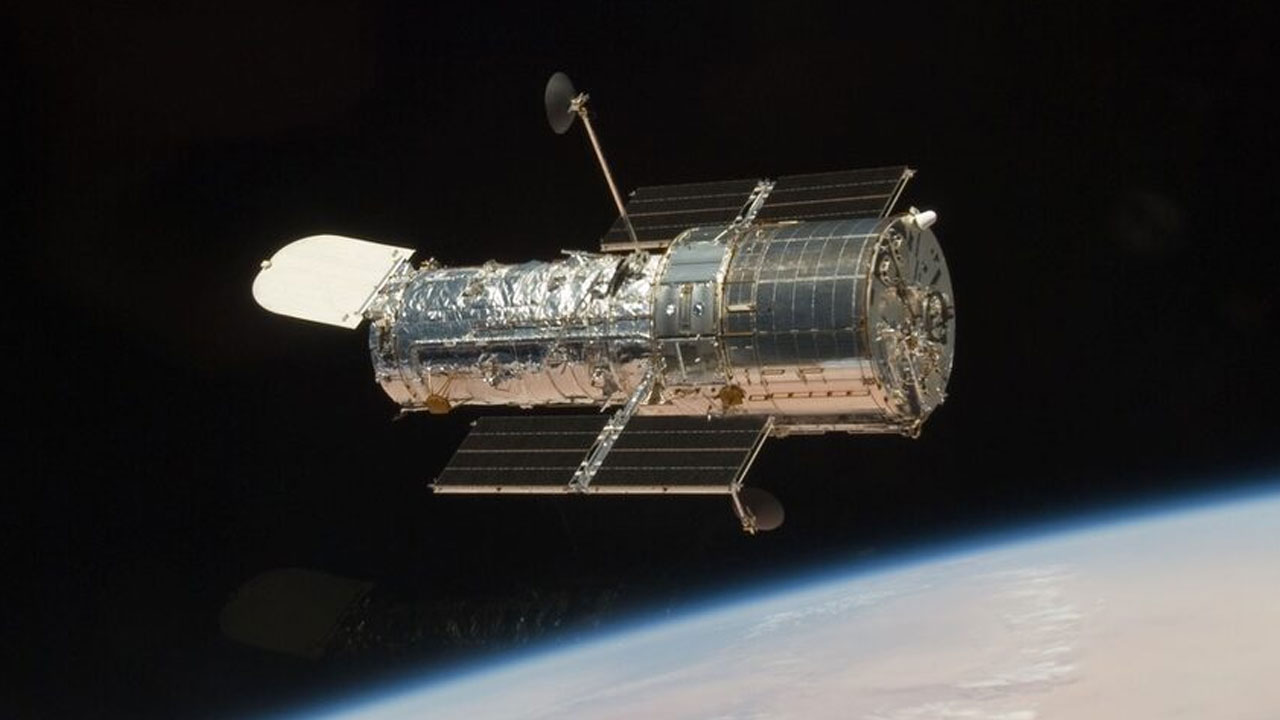
- Estimated cost: 2.5 billion dollars (33 billion 637 million TL)
Named after Edwin Hubble, one of the 20th century’s most successful astronomers Hubble Space TelescopeIt was put into orbit by the space shuttle Discovery in April 1990. The space telescope has shown us many unique images from the earth and space so far and has laid the foundations of many scientific studies.
7. Curiosity spacecraft:
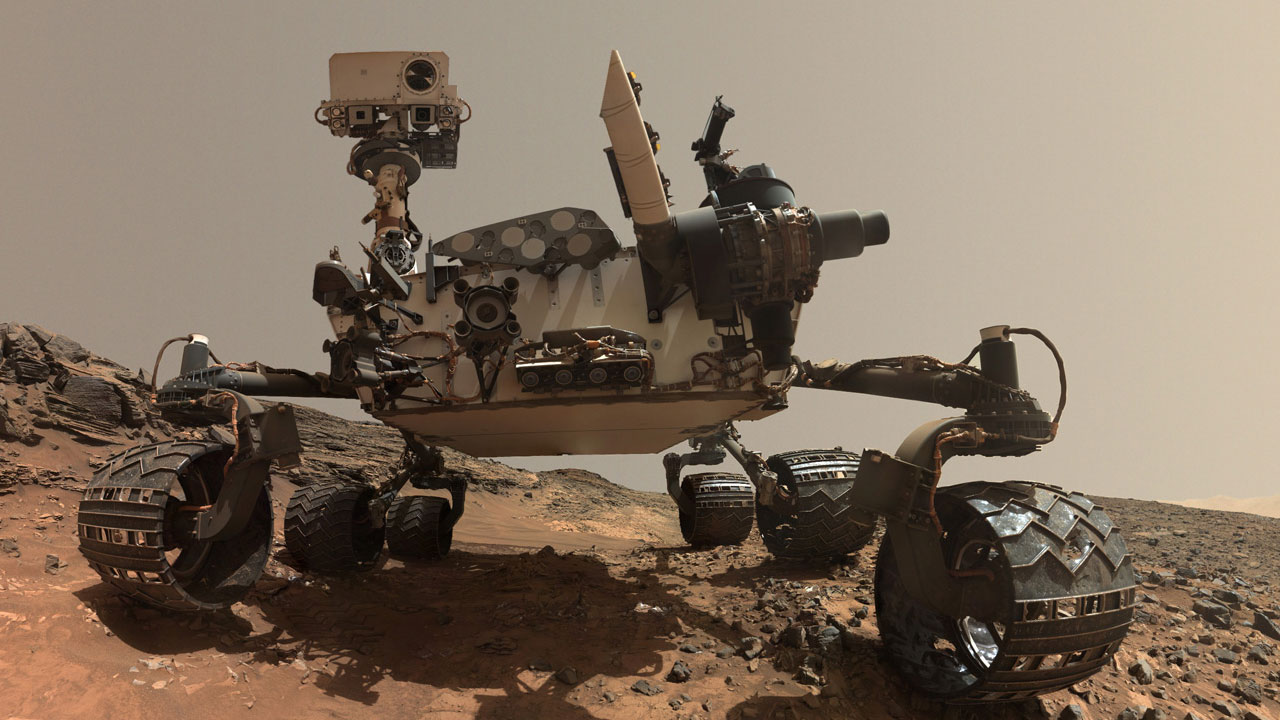
- Estimated cost: 2.5 billion dollars (33 billion 637 million TL)
Much of what we know so far about the red planet Mars, Curiosity It came to light thanks to this spacecraft. The purpose of the spacecraft was to enable us to learn about the geology and climate of Mars. At its core, it was to answer the question of whether Mars was favorable for human life, or had it ever been favorable in the past.
6. Cassini-Huygens spacecraft:
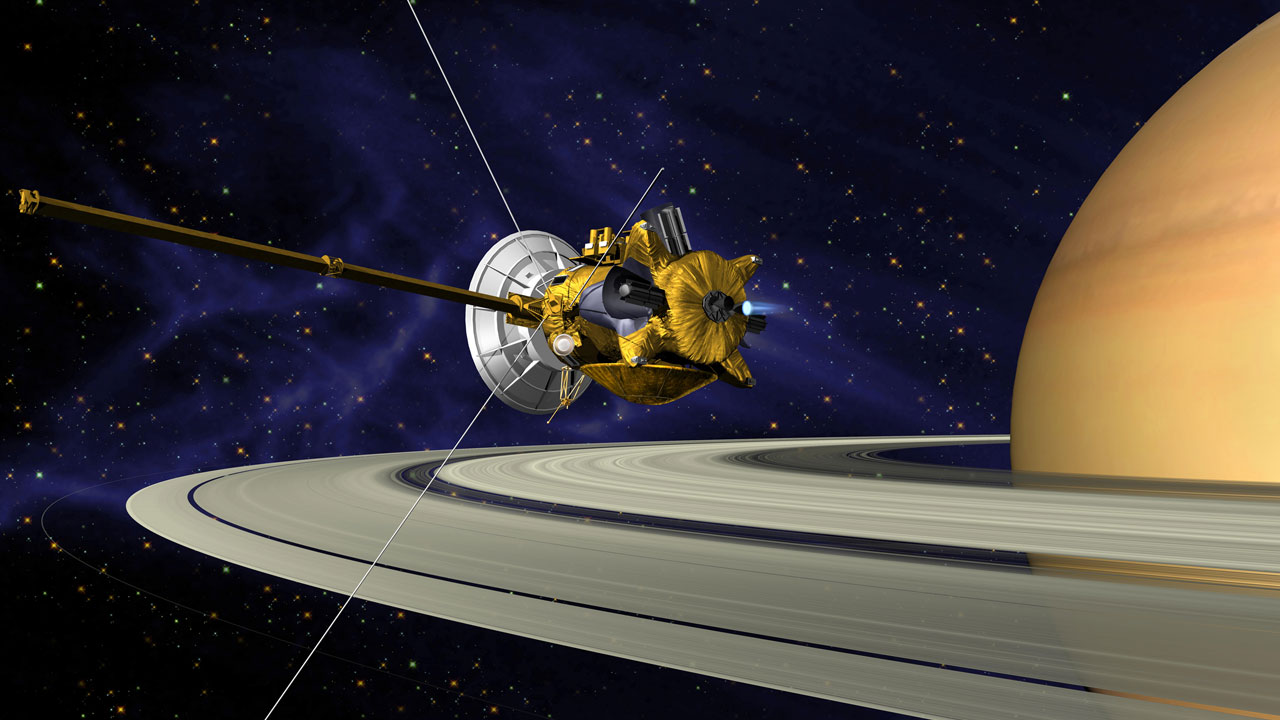
- Estimated cost: 3.6 billion dollars (48 billion 466 million 400 thousand TL)
In 1997 NASA set out to study the planet Saturn, which we fell in love with the more we saw its rings. Cassini-Huygens sent spacecraft. The Huygens spacecraft belonged to the European Space Agency and was carried within Cassini. After its 7-year voyage, the spacecraft finally settled in Saturn orbit and gathered information about the planet’s ring, moons and atmosphere. Huygens left Cassini and landed on Saturn’s moon Titan. Cassini ran out of fuel after 20 years and was destroyed when it entered Saturn’s atmosphere in 2017.
5. GPS, yes, the GPS we use every day to get/send our location:
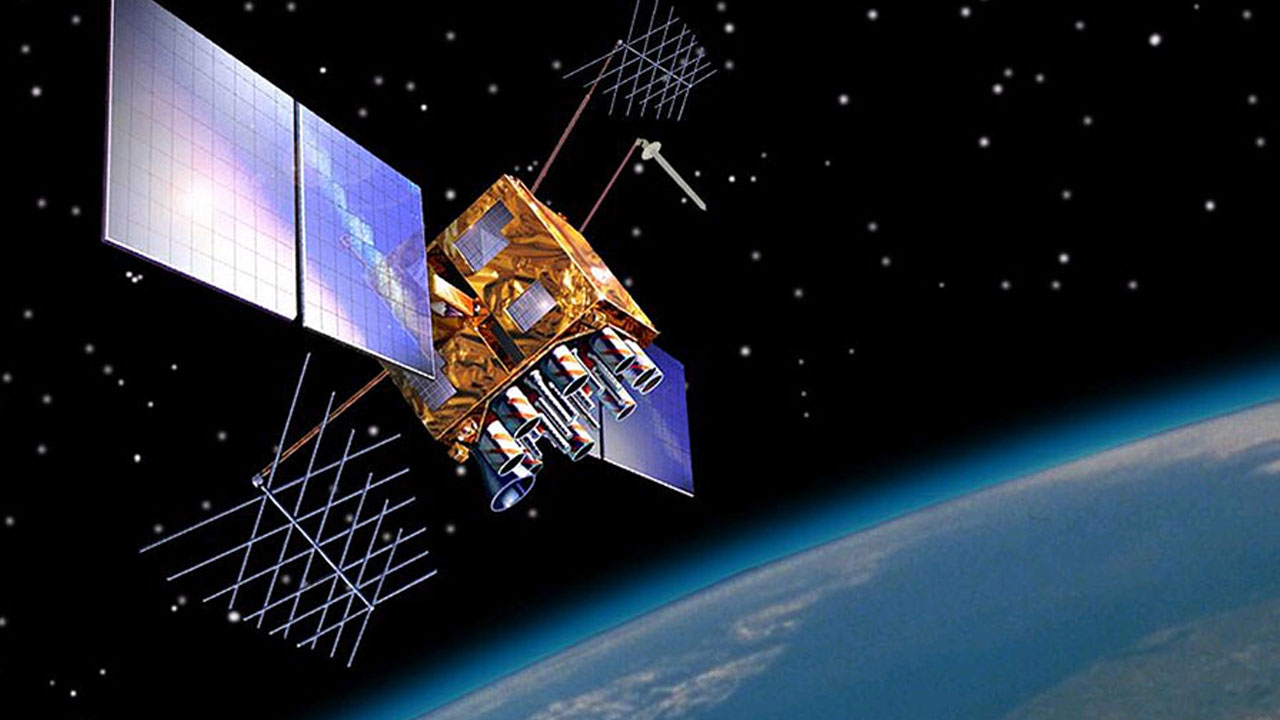
- Estimated cost: 12 billion dollars (161 billion 616 million 240 thousand dollars)
Launched by the satellite first launched by NASA in 1978 GPS (Global Positioning System) project, as you can imagine, is still running today. Thanks to this system, everyone in the world can share meter-accurate location information 24 hours a day, 7 days a week without any delay. The system is currently managed by the US Space Force.
4. SLS thruster and Orion spacecraft:
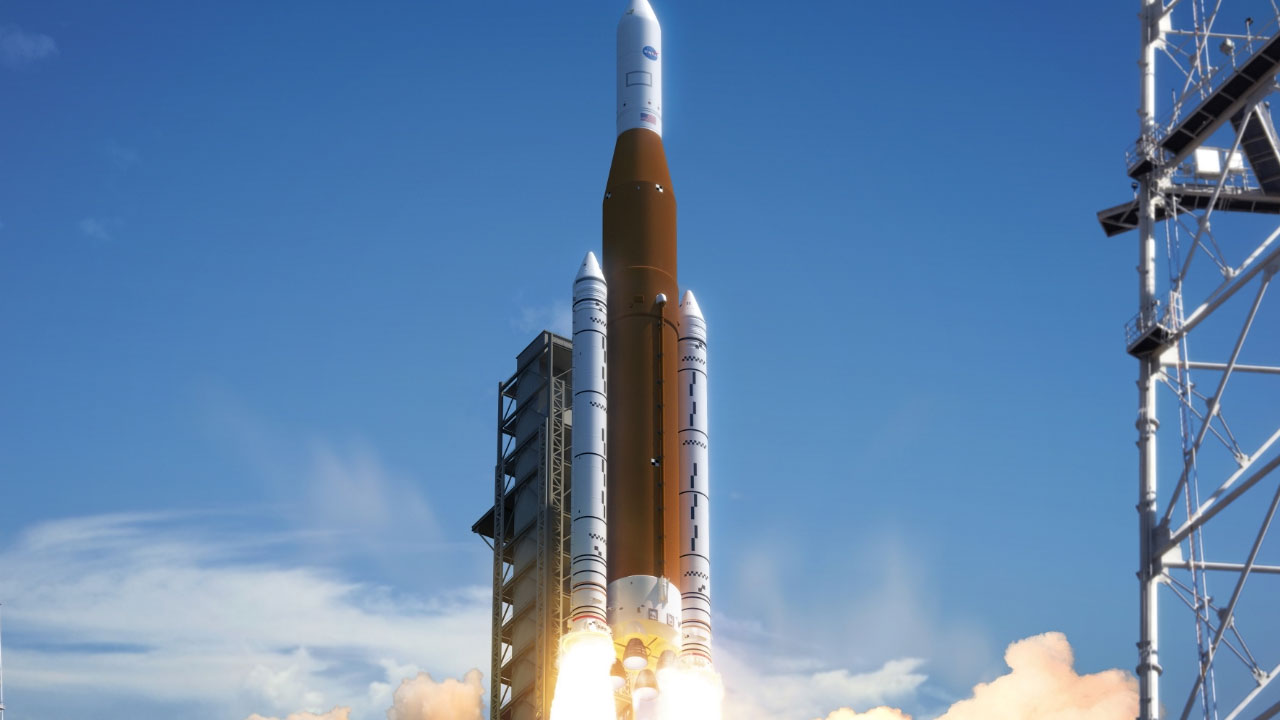
- Estimated cost: 23 billion dollars (309 billion 807 million 700 thousand TL)
Designed by NASA to send heavy loads into space SLS (Space Launch System), Orion will carry the crew vehicle into space. The duo, which will be used for the Artemis I mission, will first be tested without a crew with an installation called ‘Block 1’. In this flight, both the launch system and the Orion spacecraft will be tested. If all goes well, NASA will send humans back into lunar orbit with the Artemis II mission. In 2024, Artemis III will land on the Moon with its mission.
3. Apollo space program:
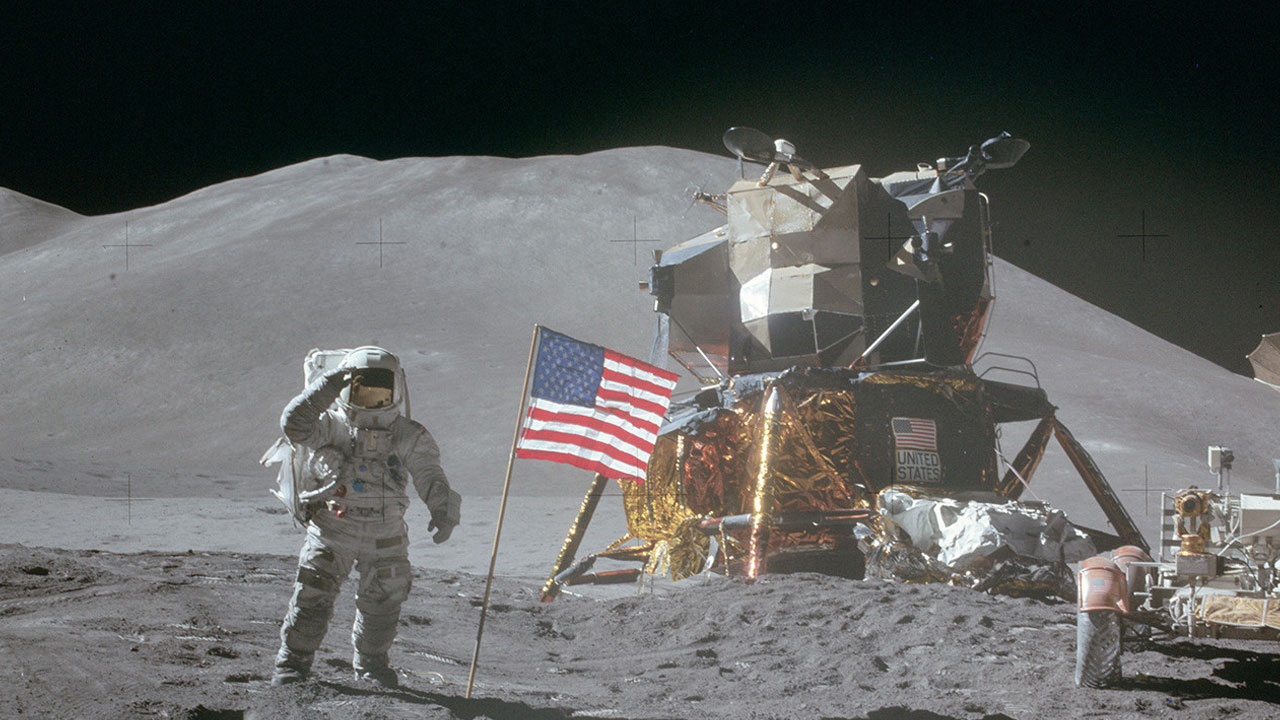
- Estimated cost: 110 billion dollars (1 trillion 481 billion 733 million TL)
Beginning in the 1960s Apollo space program, It also helped man to step on the Moon for the first time. In the Apollo space program, NASA developed two spacecraft for astronauts to set foot on the Moon: the Apollo Command Module, which stands in lunar orbit and acts as a kind of station, and the Lunar Module, which allows astronauts to land and return to the Moon’s surface from this module. As part of the Apollo mission, 24 astronauts have been sent to lunar orbit so far, and 12 of them have set foot on the Moon.
2. International Space Station:
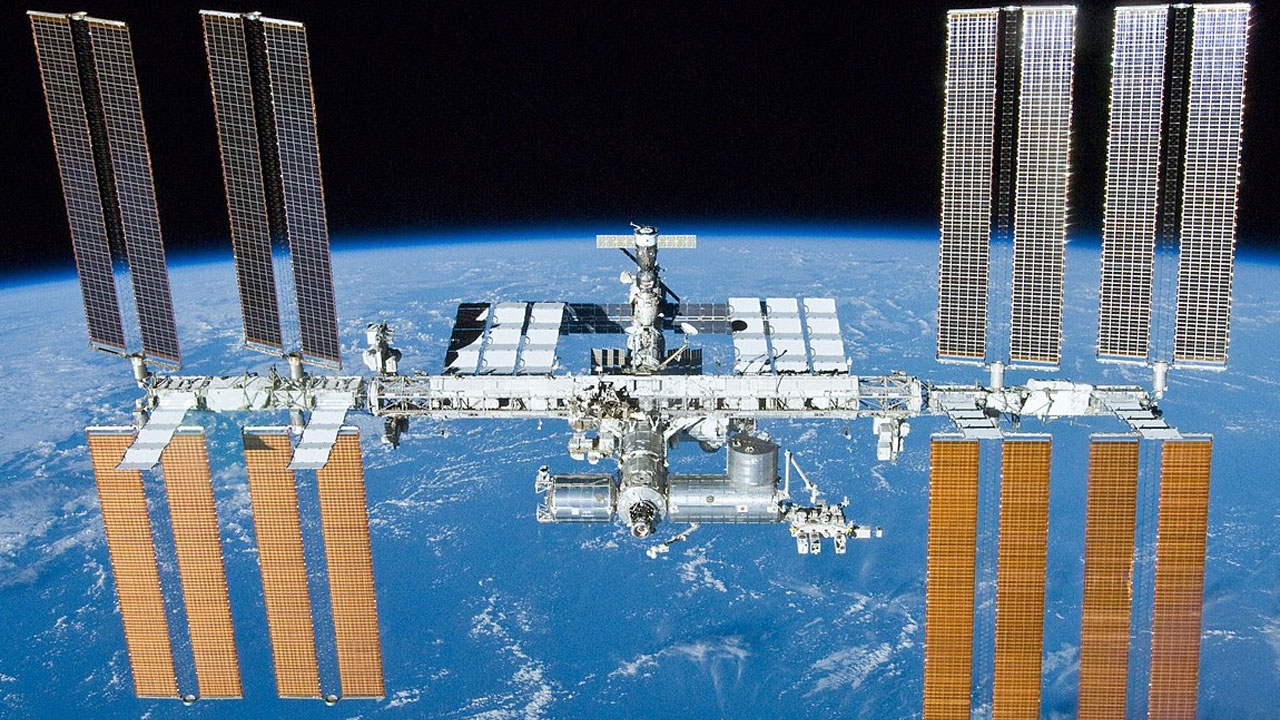
- Estimated cost: 150 billion dollars (2 trillion 20 billion 545 million TL)
One of the greatest proofs of what nations can do by working together. International Space StationIt is the largest artificial object in space. The first component of the station was launched by Russia in 1998. Two weeks later, the space shuttle Endeavor carried the United States’ Unity module. Many more parts were added to the ISS in the coming years. The ISS welcomed its first astronauts on November 2, 2000.
RELATED NEWS
Statement from the Turkish Space Agency Regarding the Claims of “Asteroids Will Hit the Earth”
1. Space shuttle program
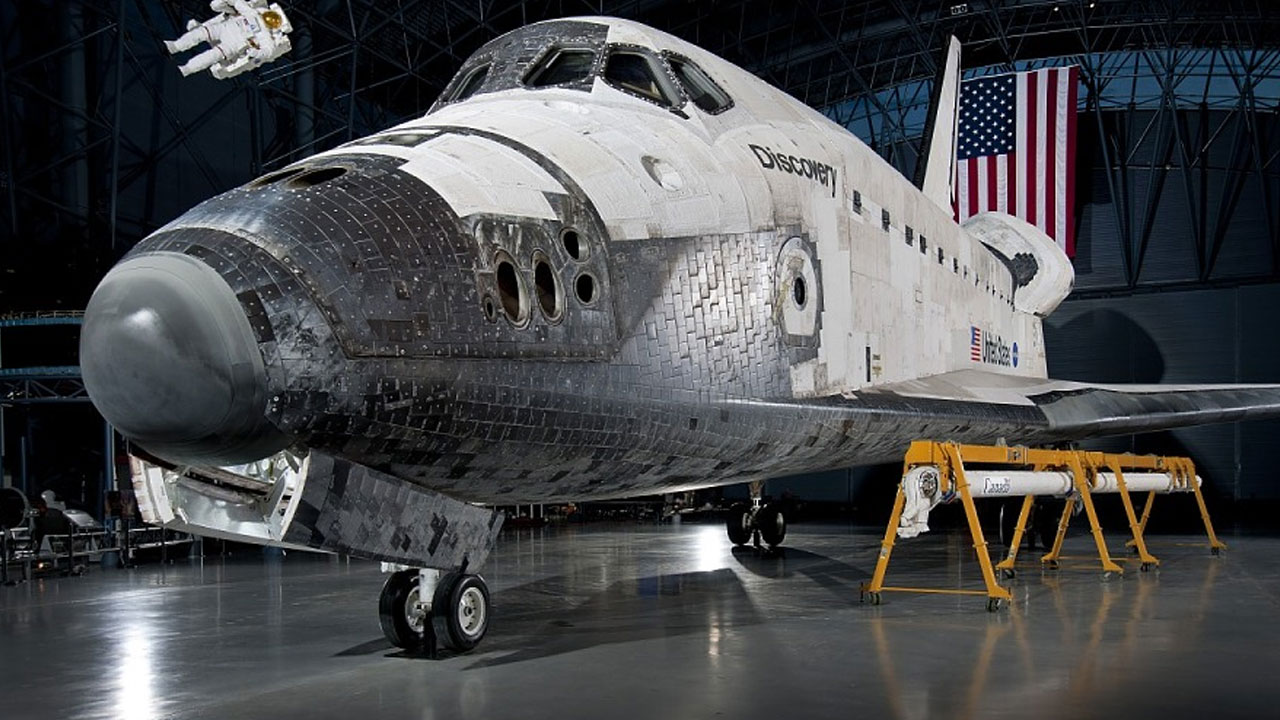
- Estimated cost: 209 billion dollars (2 trillion 817 billion 445 million 400 thousand TL)
started in the 1970s space shuttle program, was developed to reduce the increased cost of rockets destroyed in continuous launches. Produced space shuttles brought reusability to missions. To date, 5 different models of space shuttles have been developed in total. The last space shuttle, Columbia, exploded on February 1, 2003, during its single launch with the crew inside. Space shuttles have made 135 takeoffs to date. Each take-off cost more than $1.5 billion. The space shuttle program was closed with the last mission in 2011 and was replaced by SLS.
RELATED NEWS
